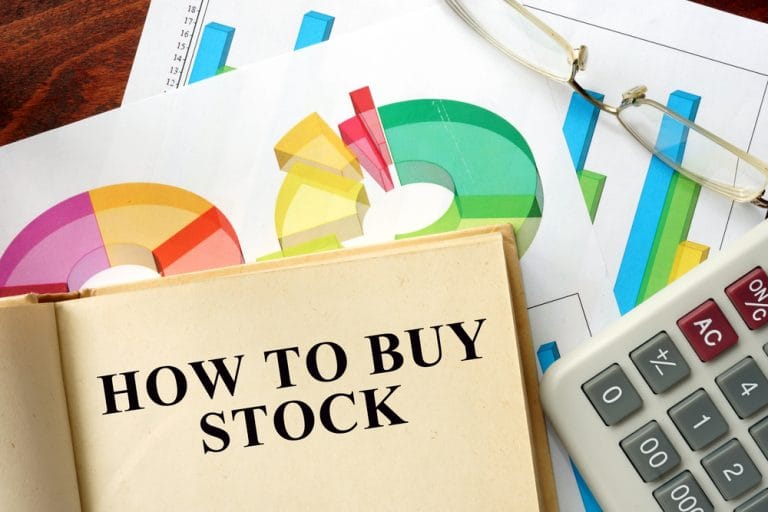Should You Be An Active Or Passive Investor?
Should you be an active or passive investor? “Active” investors take a hands-on approach and pick their own stocks. These investors, when investing, want to have full control of their money. They do their own financial homework. “Passive” investors, on the other hand, may feel they don’t have the time or financial knowledge to study stocks. These investors turn their money over to others to invest for them.
Active Investors
“Active” investors are do-it-yourself investors and love the challenge of picking their own stocks. It is the goal of many of these investors to beat the “S&P 500 Index’s” returns! I am an “active” investor and prefer to select my own stocks and have, indeed, beat this index on an ongoing basis! I save money on fees by trading “free.” I choose my own stocks and make my own investment decisions. I am “passionate” about investing and love the financial challenge! It is possible to obtain high double-digit returns as an “active” investor!
Unlike the “passive” investor, the “active” investor should stay up-to-date with a company’s fundamentals, including quarterly and annual reports and management’s performance. These fundamentals (statistics) and the majority of the information an investor needs are readily provided for them online on financial websites, such as Yahoo Finance or Google Finance.
It is also important for the “active” investor to monitor their portfolio periodically. An investor should keep up with any news affecting their stocks on a regular basis.
Passive Investors
A “passive” investor, on the other hand, would do well to invest in the “S&P 500 Index! ” Many of the great investors advise that investing in this index is the “best bet” for those people unable to study the market properly. Many “passive” investors feel they do not have the time, inclination, or the necessary investing knowledge to become an active investor.
“Passive” investors spend less time with their investments and, unlike many active investors, are not concerned with beating the index funds. This investor normally buys and holds their passive index fund. A passive portfolio tracks the returns of an index with the goal of matching it as close as possible.
The S&P 500 Index
For those new to investing, the S&P 500 index is a good way to get started. This index consists of large companies with large market caps of at least 6.1 Billion. Index funds are mutual funds.
The S&P 500 index” is an indicator of the entire stock market. Preferably, you would want to use a “low” fee company such as Vanguard to purchase a mutual fund. The Vanguard 500 Index Fund “has generated a 13.87% total return over a three-year period.”
ETF’s
The SPDR S&P 500 ETF is another good way to get started investing. The stock symbol is SPY. Unlike mutual funds, exchange-traded funds trade like common stocks on the exchanges. The SPDR S&P 500 ETF will ensure an investor’s portfolio is fully diversified by company’s sector, industry, or market cap.
Diversifying decreases an investor’s risk by investing in a variety of assets! Diversification meets the criteria of “not putting all your eggs in one basket”. Being properly diversified, in essence, provides a “safety net” for your investments.
When you invest in an ETF you are also considered a “passive investor.” An ETF’s usually have low fees and have grown tremendously in past years with many investors pulling their monies out of mutual funds and switching over to ETF’s. Ideally, you would want to purchase an ETF through a tax-favored vehicle…such as an IRA or 401K.
In conclusion, an individual can choose to become an “active” or “passive” investor. “Active” investing does require investors to take the required time to study their stocks! In doing so, many active DIY investors earn higher returns than “passive” investors! Do-It-Yourself investors study their company’s fundamentals, quarterly and annual reports, management and also, periodically monitor and rebalance their portfolios.
The “passive” investor, on the other hand, will spend less time on their portfolio and would be well advised to invest in the “S&P 500” Index Fund. ETF’s are also a choice for the passive investor. Both of these provide the “passive” investor with diversification and serve to closely match the overall returns of the stock market.







